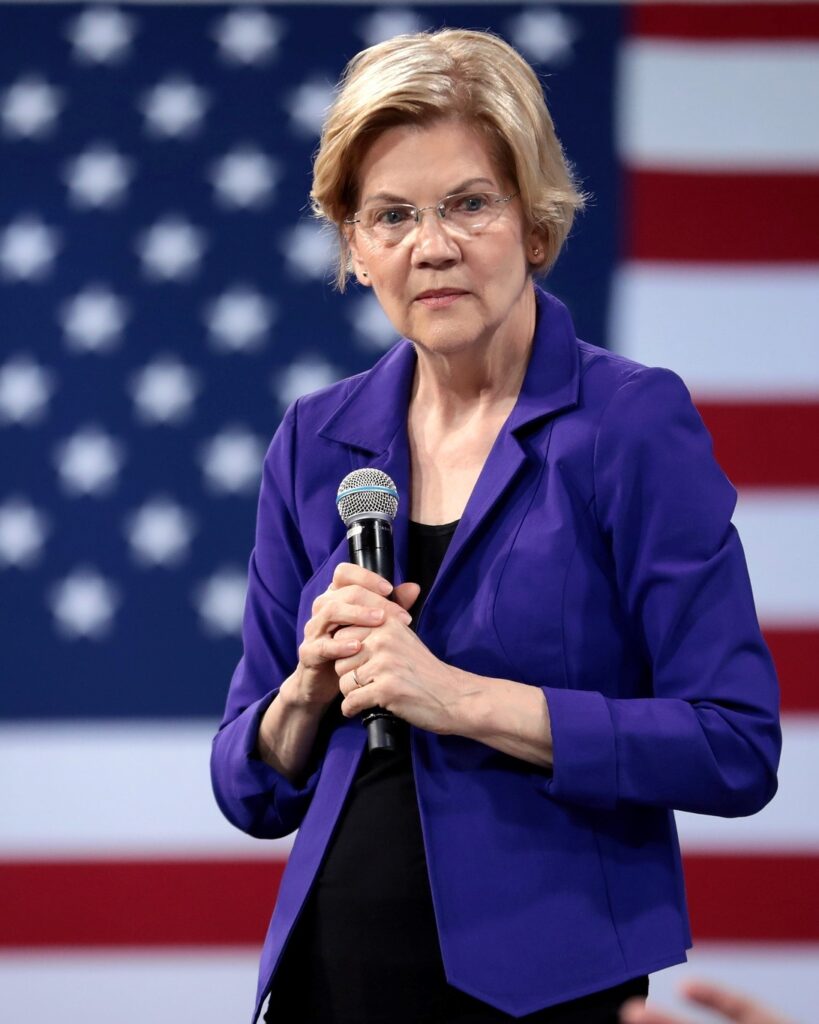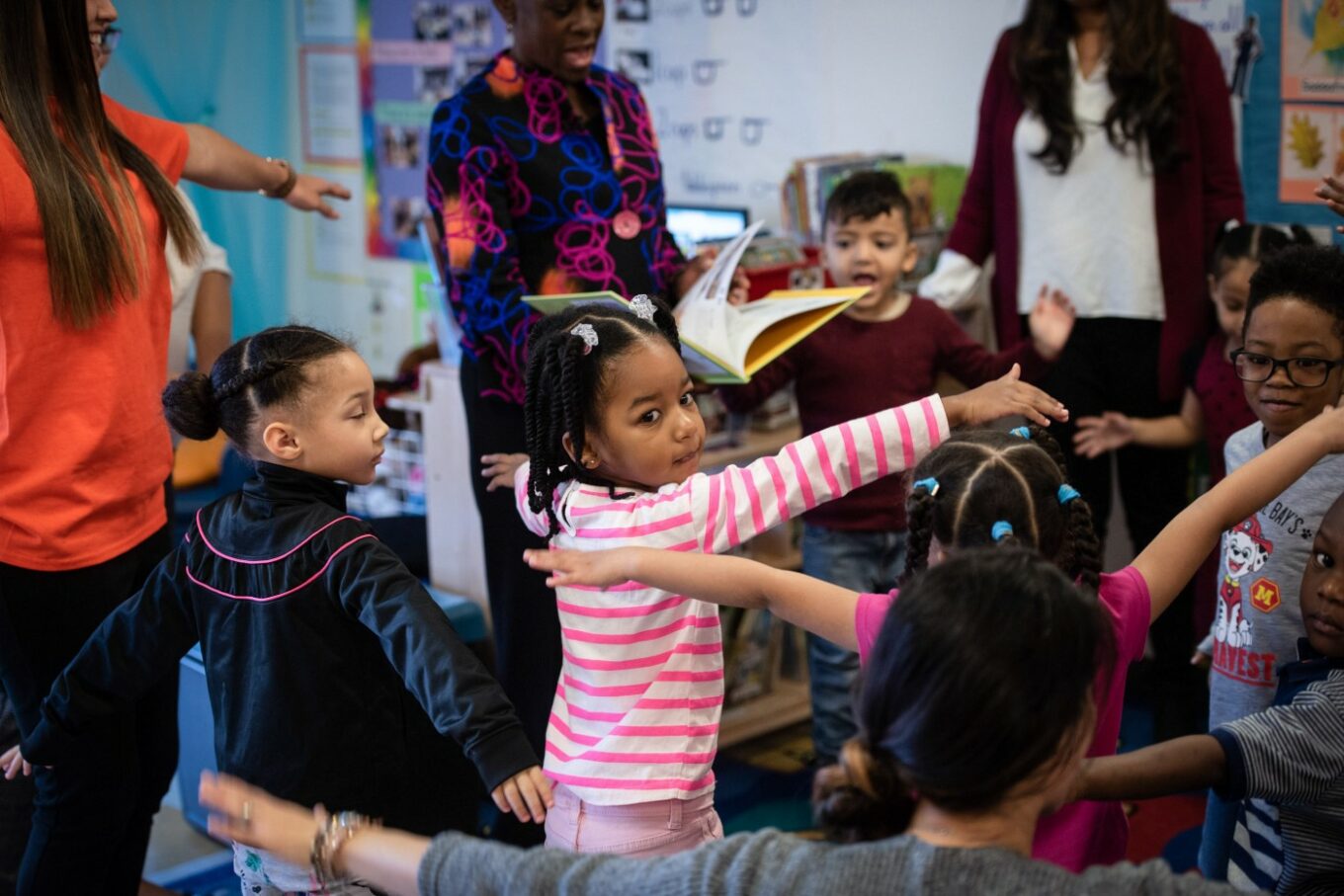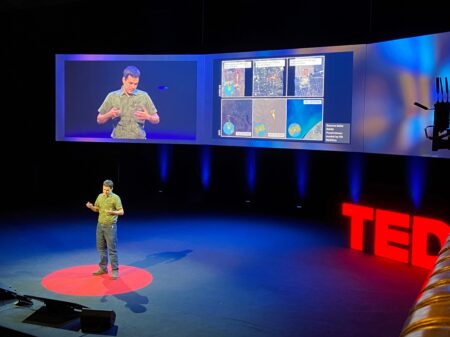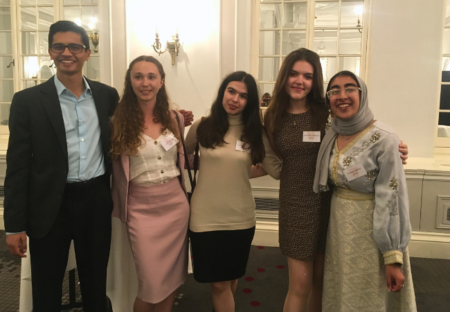When I entered one of New York City’s domestic violence centres last spring, I was surprised see a children’s nursery. The glass-encased room had bright coloured toys, a copy of Good Night Moon, and countless puzzles. In short, it looked like any other day-care setting I had ever seen. But as I walked through the rest of the unit, it became clear that this space had a more complex purpose.
I was visiting as part of my role as a Project Manager for New York City’s $850 million initiative called ThriveNYC. The programme’s goal is to expand mental health care access to all types of New Yorkers and the methodology has been to charge city government agencies to re-think the way they operate and to expand their scope of services.
We have done things like place hundreds of social workers in family homeless shelters, had the NYPD subcontract with a provider to educate over 80,000 crime victims about available support resources, tasked the public hospital system with screening thousands of new mothers for postpartum depression, and ensured that all 1,800 public schools have access to mental health services for students. What struck me that day when I visited the centre was that parents were free to get the help they needed to leave abusive relationships and to address financial hardships because the department recognized that without offering childcare, those individuals would not likely be able to tend to those crucial life decisions.

For this and many other reasons, I have increasingly become a staunch advocate for Universal Affordable Childcare for all children under the age of five years old. Proposed by the likes of progressive Senator and now-Presidential nominee Elizabeth Warren, a policy that provides high-quality heavily subsidised or free care across all economic strata just makes sense. In the United States, the average cost of childcare out of the home hovers around $1,200 per month and in-home care by babysitters is around $800. When faced with the choice of doling out that amount of money or staying out of the workforce, many parents – and to be more specific, many mothers – choose to stay at home to rear children. Currently, 30% of American kids are raised by a stay-at-home parent. While this is a sharp decline from the past (Bureau of Labour Statistics has found that in 1967, roughly 50% of mothers stayed at home), it still illustrates that many feel their career choices are limited once they decide to start their families.
There are economic, feminist, socio-political, racial, and class arguments to be made for expanding access to childcare. Take for example a 2016 study by the Economic Policy Institute that projects that if childcare costs were capped at 10% of family income, the United States would see a gross domestic product (GDP) gain equal to $210.2 billion and a corresponding $70 billion annual increase in federal tax revenue. On top of this, we know that having more women in the workplace increases efficiency overall. The World Economic Forum has reported that women on average generate 10% more work product compared to their male peers.
In our own work in New York City, we launched and implemented Pre-K for All which now serves 70,000 four years olds per year and we suspect that by offering a high-quality education program (note: Pre-K has a curriculum and goes beyond the scope of childcare) mothers who otherwise would have stayed home are 15% more likely to engage in either part-time or full time work with the knowledge and security that their children are well cared for. It is important to point out, though, that there are women who choose both to send their children to Pre-K and not to work outside of the home and still other mothers who decide to keep their children with them during the day. What makes a policy like Universal Affordable Childcare a progressive move is that it allows women and parents in general to make the choice that is right for them free from the burden of financial pressure.
Many women who are privileged enough to have in-home care for their children are white
Universal Affordable Childcare also tackles an age-old issue at the intersection of race and class: many women who are privileged enough in the US to have in-home care for their children are white and those domestic workers who care for their kids are disproportionately women of colour. In many instances, these workers need to rely on either family (for example, they get help from older siblings who really should be free to be kids themselves) or bring their kids with them to work. This leads to disparities in levels of care of children of different races and classes and Universal Affordable Childcare would seek to redress those inequalities.
On the implementation side, there are various arguments for how to fund an endeavour this monumental. I believe that there two major components that need to be put in place. On the one hand, families would need to be responsible for a portion of funds based on a sliding scale relative to their income. On the other hand, the federal government would need to shift its political balance and recognize what studies have long shown: that for every $1 invested in early childcare, there is a $7 social return on investment. What was so clear to me on that site visit was that the parents who were there were able to address great priorities in their lives because the centre recognized that children do well when their parents are free to do well.



